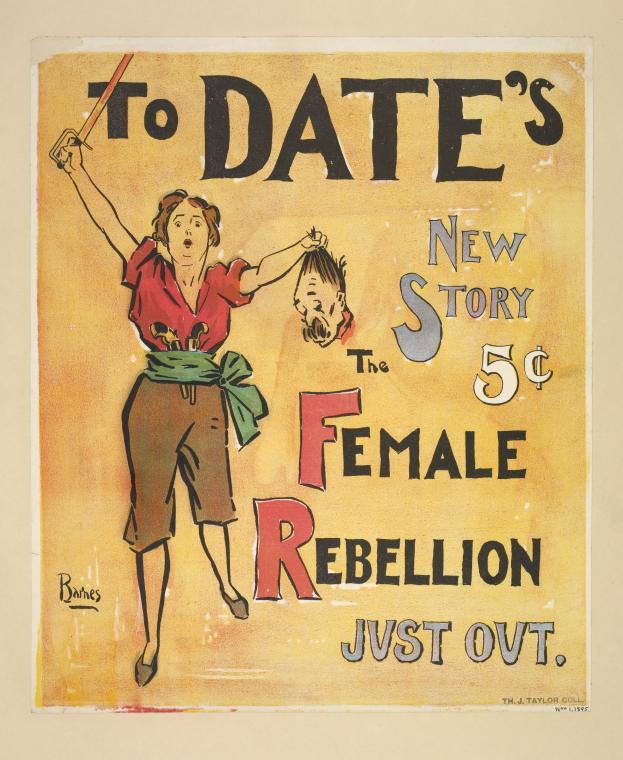Read E-Books with SimplyE
 With your library card, it's easier than ever to choose from more than 300,000 e-books on SimplyE, The New York Public Library's free e-reader app. Gain access to digital resources for all ages, including e-books, audiobooks, databases, and more.
With your library card, it's easier than ever to choose from more than 300,000 e-books on SimplyE, The New York Public Library's free e-reader app. Gain access to digital resources for all ages, including e-books, audiobooks, databases, and more.
If you don’t have an NYPL library card, New York State residents can apply for a digital card online or through SimplyE (available on the App Store or Google Play).
Need more help? Read our guide to using SimplyE.






![[Woman Wearing Trousers Holding A Watering Can And Examining Flowers.], Digital ID 828207, New York Public Library [Woman Wearing Trousers Holding A Watering Can And Examining Flowers.], Digital ID 828207, New York Public Library](https://images.nypl.org/?id=828207&t=w)








![[Field Hockey Player, Ca. 1922.], Digital ID 817200, New York Public Library [Field Hockey Player, Ca. 1922.], Digital ID 817200, New York Public Library](https://images.nypl.org/?id=817200&t=w)


![[Kuchi-beni] = [Painting the lips], Digital ID 416399, New York Public Library [Kuchi-beni] = [Painting the lips], Digital ID 416399, New York Public Library](https://images.nypl.org/?id=416399&t=w)
![[Black dress with intricate sleeve head], Digital ID 1599861, New York Public Library [Black dress with intricate sleeve head], Digital ID 1599861, New York Public Library](https://images.nypl.org/?id=1599861&t=w)